The German sniper mask – A visage of terror
- By Travis Pike
Share This Article
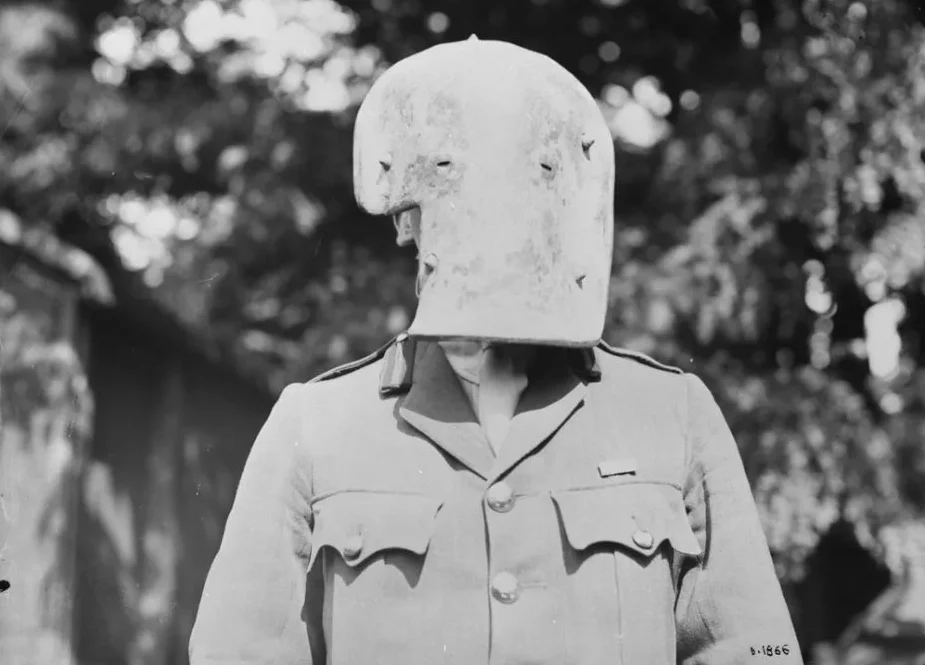
Imagine sitting in a trench in World War I. You’re cold, wet, and hungry. You likely have no idea why you are there or when the war will end. Hell, why did the war start? You’re on watch and stick your head out of the trench a little more than necessary. The familiar zip of a German 7.92 round sails right past your head. You dive into the dirt, and the trench comes alive. Periscopes and binoculars are broken out, and No Man’s Land is searched. All the glass North America can muster can’t see a thing. But a German shooter is there concealed by his sniper mask.
German sniper masks were used during the first years of WWI. They were a plate of steel with two small slits and made German soldiers look terrifying. Germans really seemed to love their spikes in this time period, and someone took the time to add five distinctive spikes around the mask. Those spikes concealed bolts that held a metal cage to keep the mask on your face.
The German sniper mask
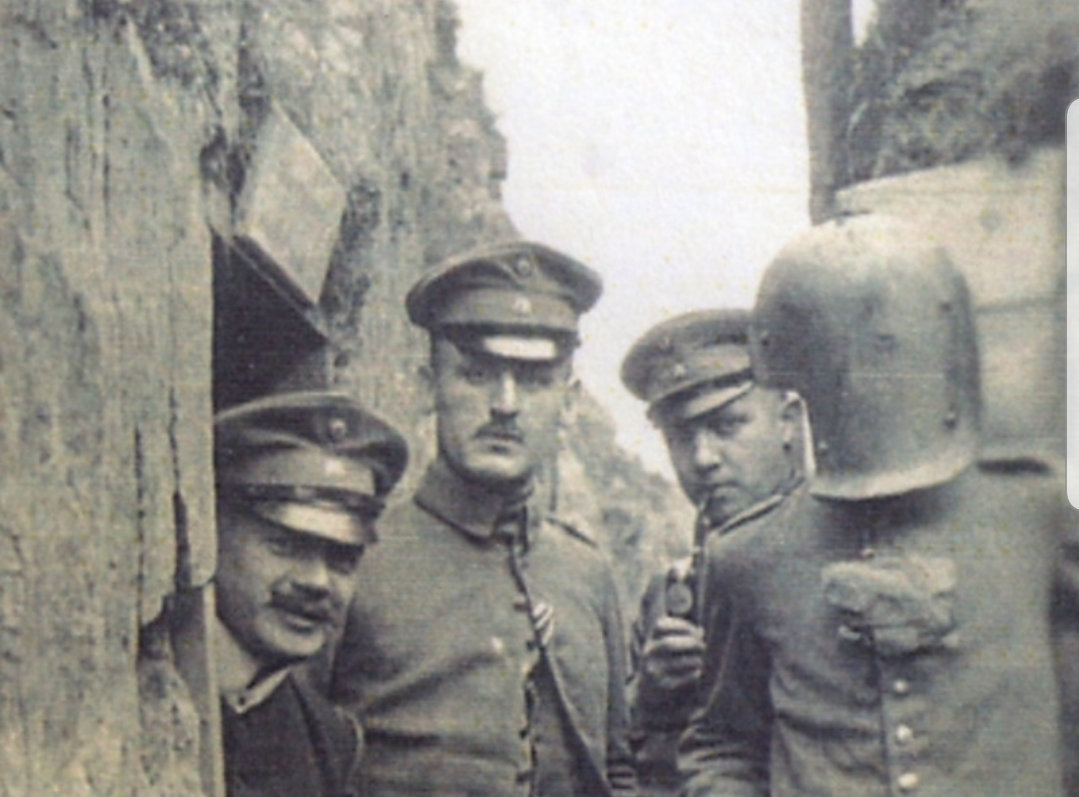
German sniper masks were not very common. While all sides in WWI used snipers and marksmen, the Germans tended to have more than most because Germany produced more optics. Germans are pretty legendary for their optics, and that continues to this day, with companies like Zeiss and Schmidt, and Bender being absolute legends in the optics world.
The Germans called these masks Sappenpanzer Gesichtsmaske which stands for Sapper Armor Mask. While the masks are very closely associated with German snipers, the masks were designed for stationary soldiers so they were also used by machine gunners. Due to the nature of machine guns at the time, the operator was often exposed.
The reason the masks were only used by stationary troops was because they were very heavy. The Imperial War Museum in the U.K. has an example in its collection and its listed weight is 13.88 pounds. The mask is made from steel, and according to the Museum, it’s 0.33 inches thick, approximately 13 inches long, and 10 inches wide. The mask is cut on the right side to allow the shooter to shoulder their rifle stock.
Related: ‘All Quiet On the Western Front’ – Did Netflix do the famous WWI story justice?
The reason for wearing 13-pound masks
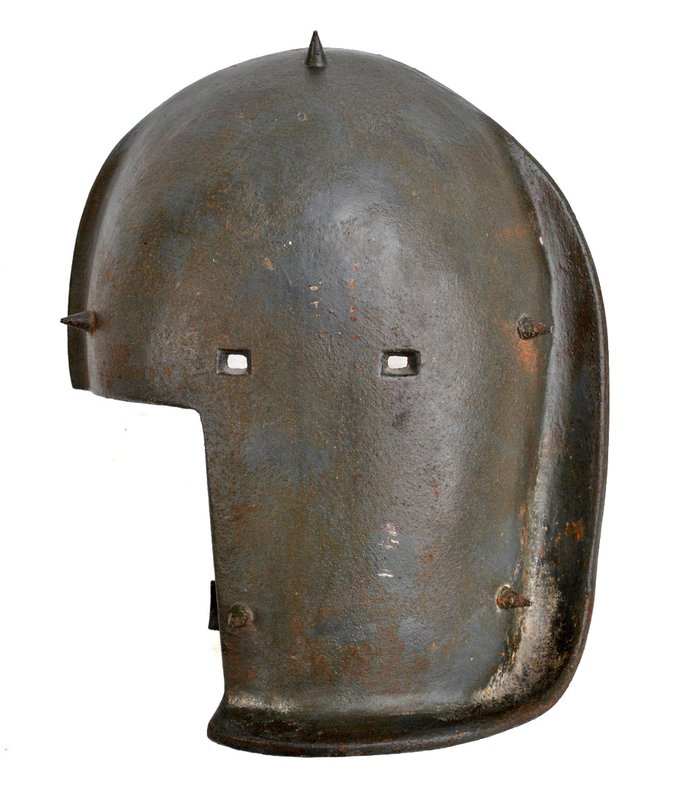
The German sniper masks provided a decent level of protection for the time. They weren’t quite bulletproof but angled to provide a level of ballistic protection from shrapnel and glancing bullet blows.
The mask provided enough protection to keep a machine gunner in the fight as even a small piece of shrapnel to the face can take the steam out of the belt-fed brothers. However, even if they could stop a bullet, backface deformation could still cause harm to the wearer.
Snipers not only got protection from the mask but also camouflage as the masks were often painted to increase stealth as painted masks blended in easily with the muddy fields of No Man’s Land.
Related: The Javelin anti-tank guided missile is really a game-changer
In use With Snipers
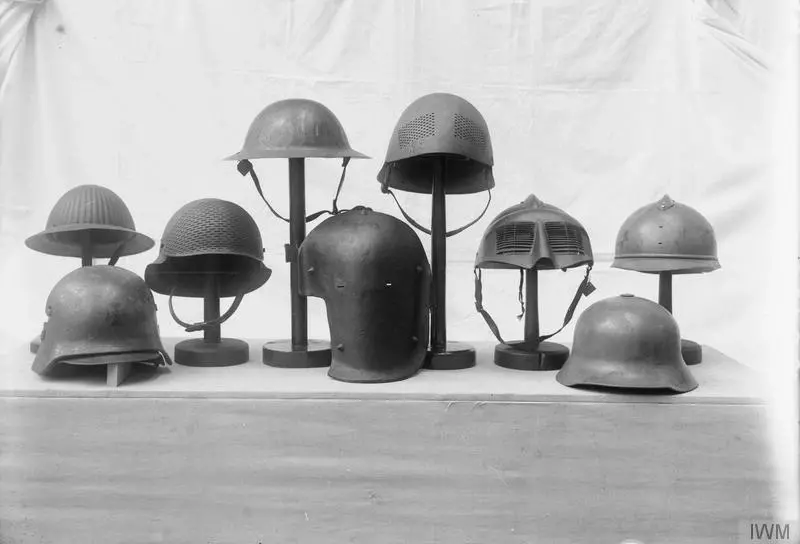
At first glance, it looks difficult to shoot while wearing the mask as its very small slits don’t offer much of a field of view and would be impossible to use with iron sights.
However, the German scopes of the time were lower-powered and had a fairly decent eye relief (the Oigee Luxor 3X for example had four inches of eye relief). These factors allowed them to work with the mask even with the limited field of view it afforded.
Although it wouldn’t be an optimal setup, still, they wouldn’t make it too difficult to aim accurately within a few hundred yards.
The end of the Sappenpanzer Gesichtsmaske
In 1916 the Germans created the effective and functional M1916 steel helmets with an armored brow.
To produce the new M1916 helmets, helmets that came before them were melted down (including most Gaede helmets) and it’s likely that so were the sniper masks.
The masks seem to be fairly rare these days and often sell for a hefty amount at auction. They are unique, rarely talked about pieces of World War I history and most certainly created a terrifying vision of a German soldier.
Read more from Sandboxx News
- Taliban are using US equipment to fight Iranian border guards
- New Navy report reveals rare SEAL training attrition data
- The B-52 Bomber is getting more advanced radar than Russia’s Su-35 fighter
- This is the system that used jet power to help overloaded aircraft take off from very short runways
- The Tabuk DMR – When Iraq decided to make its own AK
Related Posts
Sandboxx News Merch
-
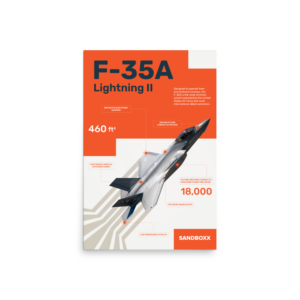
F-35 ‘Lightning’ Poster
$22.00 – $28.00 Select options This product has multiple variants. The options may be chosen on the product page -
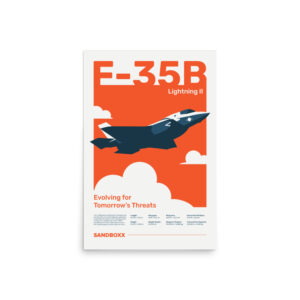
F-35 ‘Evolution’ Poster
$22.00 – $28.00 Select options This product has multiple variants. The options may be chosen on the product page -
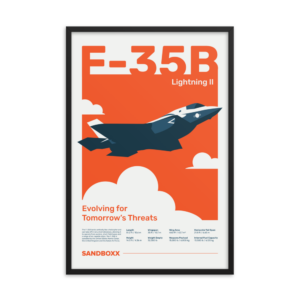
F-35 ‘Evolution’ Framed Poster
$45.00 – $111.00 Select options This product has multiple variants. The options may be chosen on the product page

Travis Pike
Travis Pike is a former Marine Machine gunner who served with 2nd Bn 2nd Marines for 5 years. He deployed in 2009 to Afghanistan and again in 2011 with the 22nd MEU(SOC) during a record-setting 11 months at sea. He’s trained with the Romanian Army, the Spanish Marines, the Emirate Marines, and the Afghan National Army. He serves as an NRA certified pistol instructor and teaches concealed carry classes.
Related to: Gear & Tech, Military History
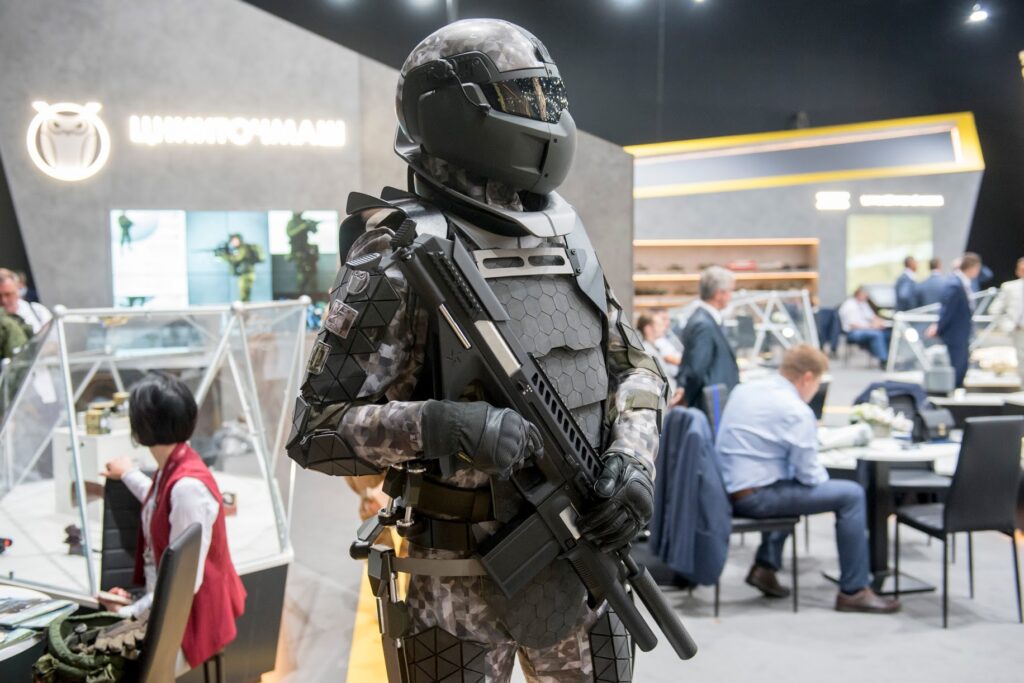
No, Russia’s futuristic Sotnik armor isn’t real

What does a Marine veteran think of Netflix’s ‘Rebel Ridge’?
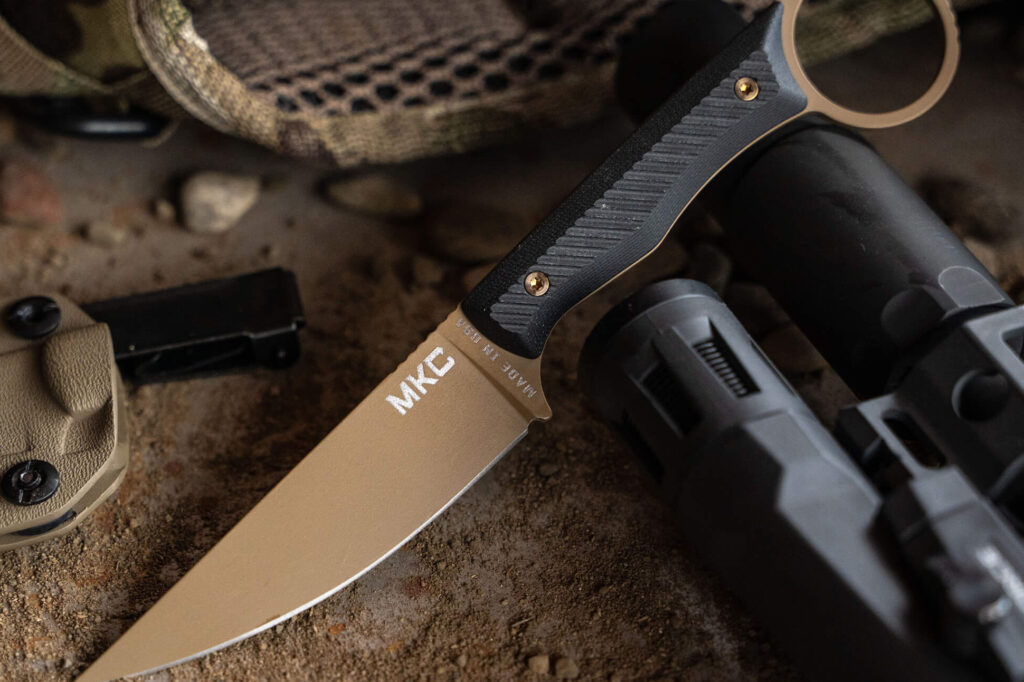
Montana Knife Company enters the tactical knife realm
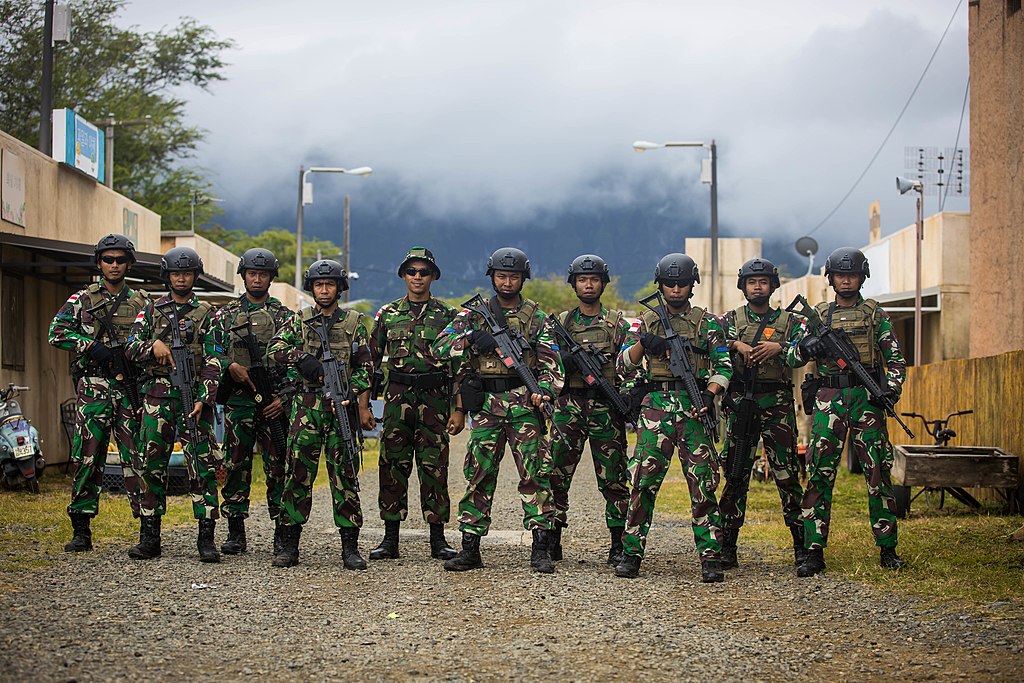
Indonesia’s Pindad SS2 – Service rifles from around the world
Sandboxx News
-

‘Sandboxx News’ Trucker Cap
$27.00 Select options This product has multiple variants. The options may be chosen on the product page -

‘AirPower’ Classic Hoodie
$46.00 – $48.00 Select options This product has multiple variants. The options may be chosen on the product page -

‘AirPower’ Golf Rope Hat
$31.00 Select options This product has multiple variants. The options may be chosen on the product page -

‘Sandboxx News’ Dad Hat
$27.00 Select options This product has multiple variants. The options may be chosen on the product page
